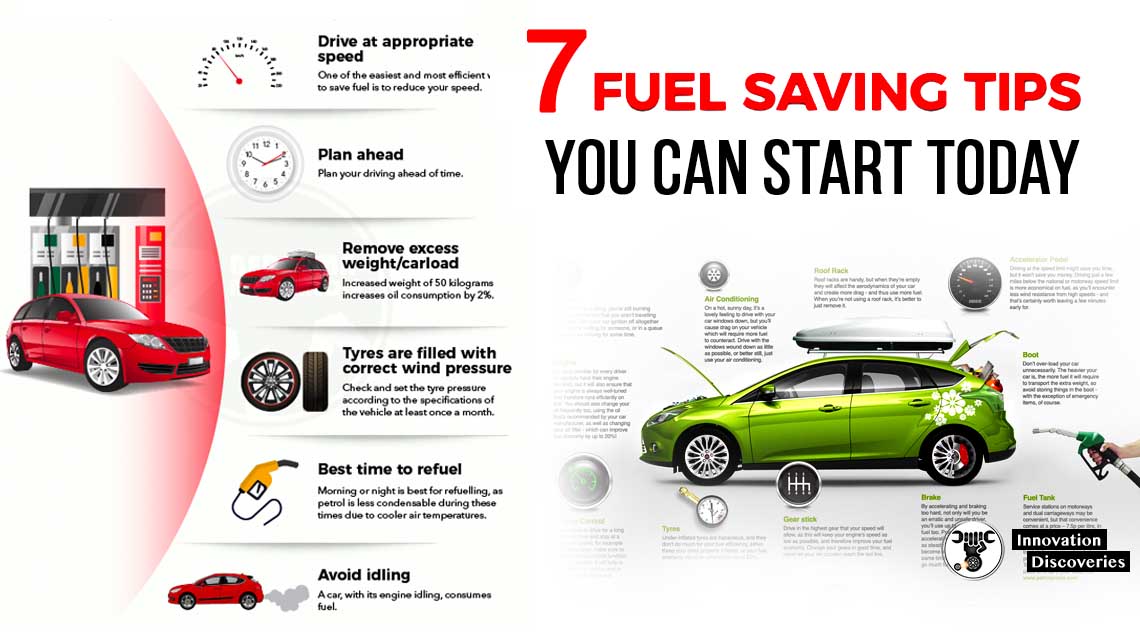
Are you sick of spending a small fortune on gas?
Don’t fret because we’re here to help you cut your costs with our guide on how to save gas.
Feel free to follow whichever gas saving tips are most applicable to you. Over time, they will add up to some significant savings!
READ 1st – FUEL SYSTEM: COMPONENTS, WORKING PRINCIPLES, SYMPTOMS AND EMISSION CONTROLS
1. Put Your Car On A Diet
The heavier your car is, the more fuel it needs to get moving.
Along with engine size, your vehicle’s weight is the most important factor influencing fuel consumption.
However, you don’t need to trade in your Hummer for a hatchback to lighten the load.
Take a look around your vehicle and see how much stuff you’re carrying around that you don’t need.
It doesn’t take much for weight to add up and every 100 lbs you remove from your vehicle will improve your overall fuel consumption by 1 – 2%.
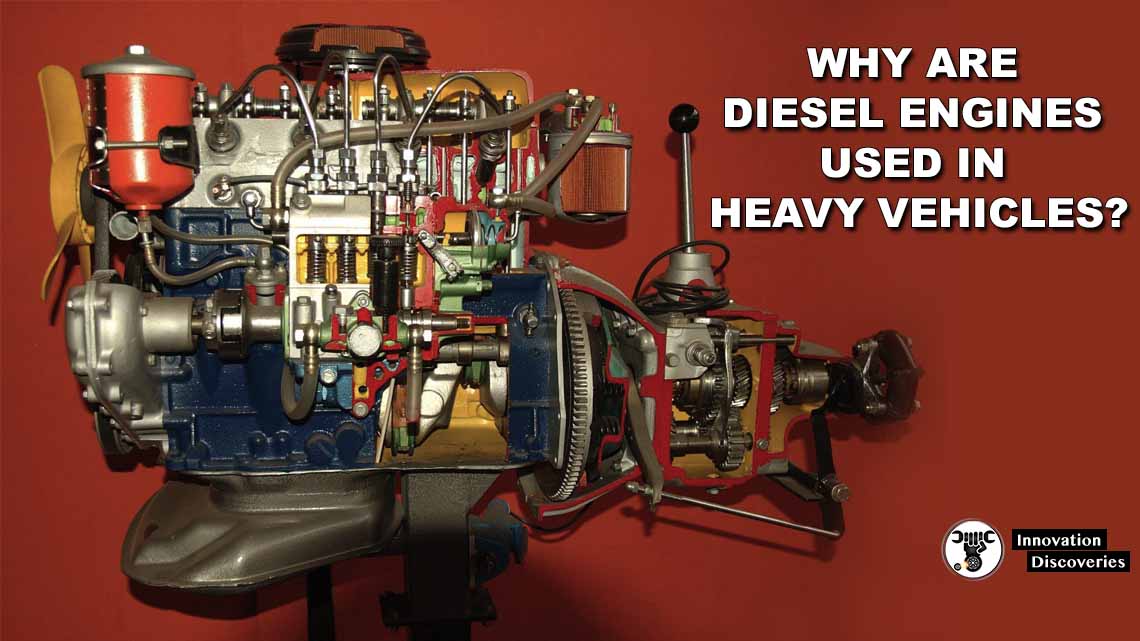
DOWNLOAD: HEAVY EQUIPMENT SYSTEMS | PDF
LEAD ACID VS. LITHIUM CAR BATTERY: WHAT’S THE DIFFERENCE?
2. Don’t Drive It As You Stole It
We’re all guilty of driving a little faster than we should occasionally, but if you do it regularly, you’re not only burning through your fuel but through your wallet as well.
The difference between cruising at a speed of 55 mph and 75 mph is a 20% increase in fuel consumption.
At this point, you may be considering that if your car is running for a shorter period, you arrive at your destination faster.
This is a complicated question to answer but for most cars, the sweet spot of speed is between 40mph – 60 mph.
In between this range is generally where the engine is working most efficiently.
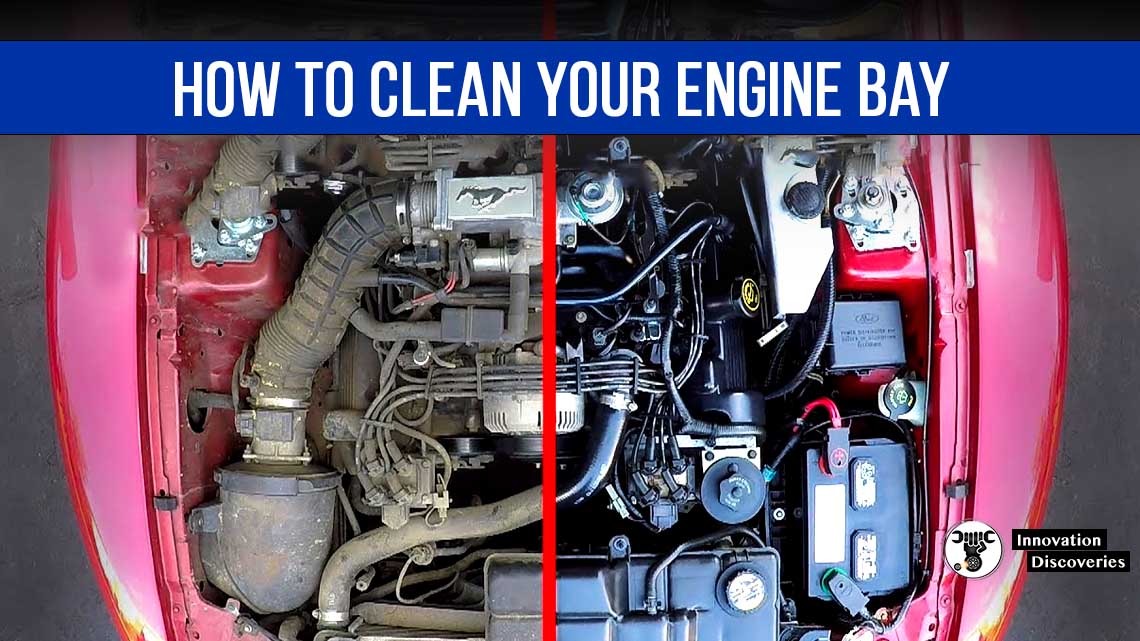
3. Give Your Car A Little TLC
Engines run at their maximum efficiency when they are well maintained, and it doesn’t take much effort to accomplish this.
This will save you money at the pump while reducing the number of repairs required as your vehicle matures.
Aside from following your vehicles recommended maintenance schedule, you should address any powertrain-related issues, such as an illuminated check engine light, immediately.
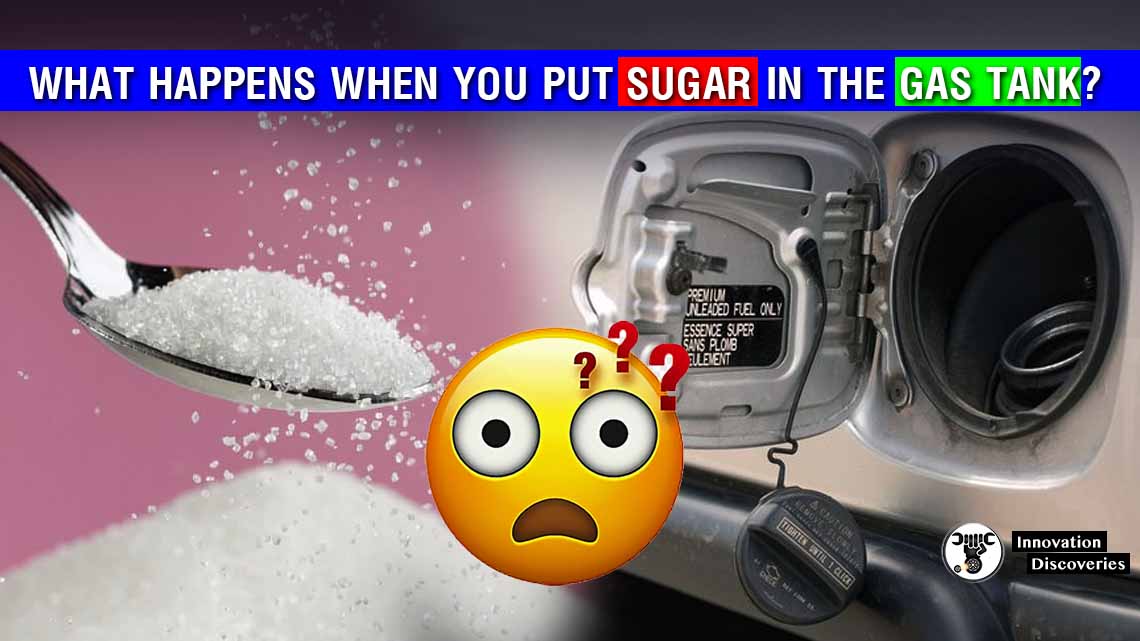
4. Maintain a Constant Speed
How to save gas while driving?
Well, it shouldn’t come as a surprise to anyone that the less acceleration and breaking you do, the better your fuel consumption.
Here’s the kicker though, accelerating too slowly also uses excess fuel as fuel economy is reduced in your car’s lower gears.
So, what is optimal for fuel saving? It depends on your vehicle’s engine, gearing, and traffic conditions.
But as long as you drive smoothly, pay close attention to the traffic around you, and anticipate what’s going on ahead of you, you’ll be driving optimally.
Read: 3 SYMPTOMS OF A FAULTY SPEED SENSOR IN YOUR VEHICLE
5. Maintain Your Tires
Incorrect tire pressure will increase fuel consumption by up to 2%.
This includes both under-inflated and over-inflated tires.
You’ve probably heard the old wives’ tale that inflating tires above the manufacturer’s recommendation saves gas, but Popular Mechanics have proven this to be demonstrably false.
If you’re unsure of your tire’s correct pressure, it should be written on a door placard that’s visible when you open the driver’s door or found in your owner’s manual (that book you likely keep in your glove box).
Otherwise, any mechanic will be able to help you find it or tell you the recommended pressure.
Tires should be checked once a week as they will lose pressure with regular use, and generally, the recommended pressure is somewhere between 30 – 35 psi.
Read: NOISY TIRES?

6. Buy An Electric Car Or Consider Walking
When considering how to save money on gas, the ultimate tip is to ‘stop using it.
Electric vehicles are amongst the best gas-saving cars, and there are approximately 30 different models on the market with some offering ranges comparable to gas-powered vehicles.
With purchase incentives in some states and manufacturers offering free or discounted recharging, EVs can cost next to nothing to run.
You can compare the cost between the two with an annual fuel cost calculator such as this one.
READ: HOW FULLY ELECTRIC CARS WORK
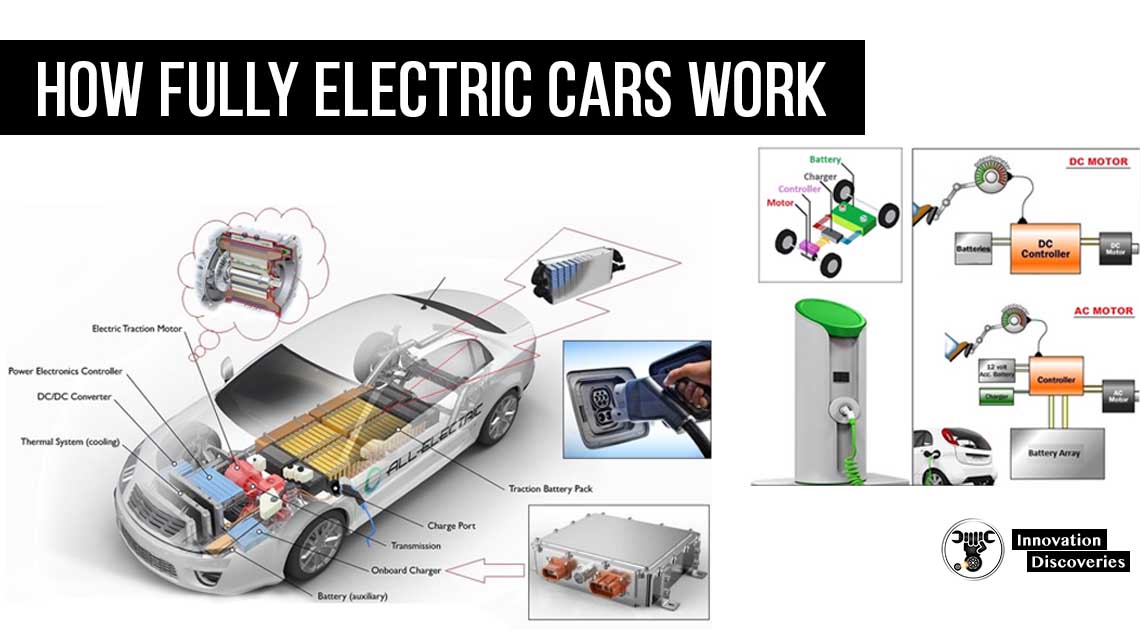
Another alternative is to reevaluate your vehicle usage and consider how you can minimize it.
If walking isn’t your thing, you could consider cycling (or a collapsible bicycle), a gas-sipping vehicle like a moped, electric motorcycle, or even some of the latest personal transportation options that turn any short trip into a fun adventure.
READ: HOW LONG DO ELECTRIC CAR BATTERIES LAST?
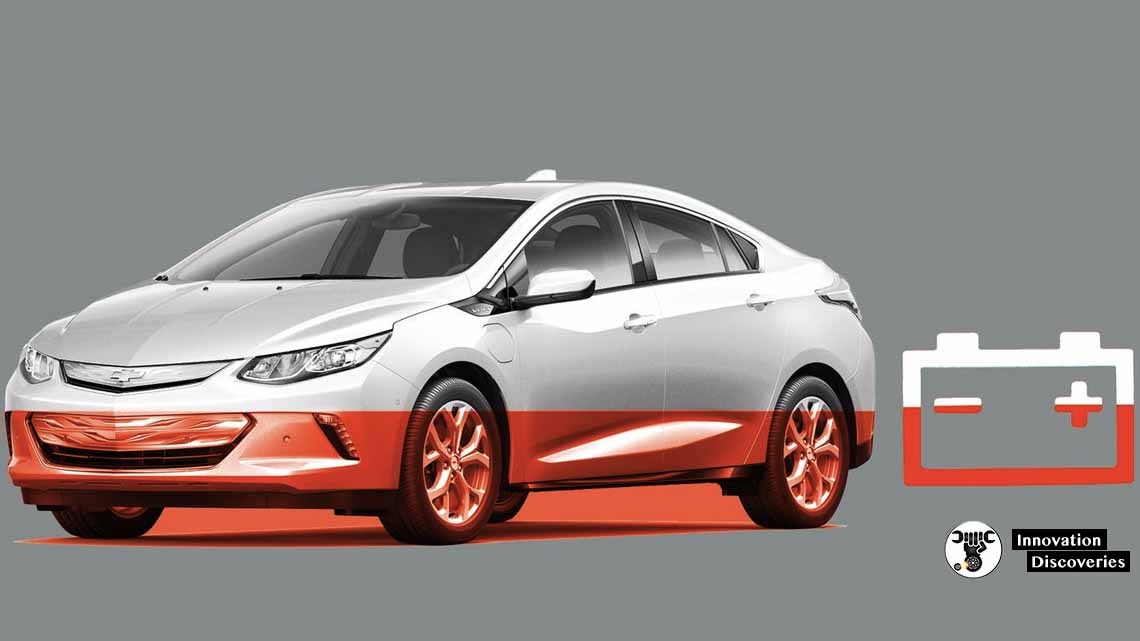
- ELECTRIC CARS BETTER THAN FOSSIL FUEL CARS?
- WHAT DOES THE FUTURE HOLD FOR ELECTRIC CARS? | INNOVATION DISCOVERIES
- IS DRIVING A USED CAR ACTUALLY MORE ENVIRONMENTALLY FRIENDLY THAN BUYING AN ELECTRIC ONE? | INNOVATION DISCOVERIES
- THE SRI LANKAN ELECTRIC SPORTS CAR “VEGA” | INNOVATION DISCOVERIES
7. Don’t Be Idle
Cars get the worst gas mileage at 0 mpg when the engine is running, but the vehicle is not moving.
If you are stationary for longer than 10 seconds, you can switch off your car to save on gas.
This shouldn’t be done if you are sitting in traffic or in a situation where you may have to move your vehicle quickly.
A common argument against this is ‘you’ll wear out your starter motor faster.
That may have been true 20 years ago when starter motors were only designed to withstand around 50,000 starts, but modern starter motors typically don’t wear out until around 500,000 uses.
Your car burns between 1.07 and 2.13 oz of gas every minute it’s idling, so the fuel savings quickly add up.
- A QUICK GUIDE TO DIAGNOSING 10 COMMON STEERING ISSUES
- 5 WARNING SIGNS OF BAD INTERMEDIATE STEERING SHAFTS
- STEERING SHAFT U-JOINT COUPLING
- 3 COMMON SYMPTOMS OF LOW POWER STEERING FLUID
- ELECTRIC VS HYDRAULIC POWER STEERING
- HOW POWER STEERING WORKS?
- STEERING SYSTEM: REQUIREMENTS, TYPES, POWER STEER
Visit Forum
Visit Our Friendly Website




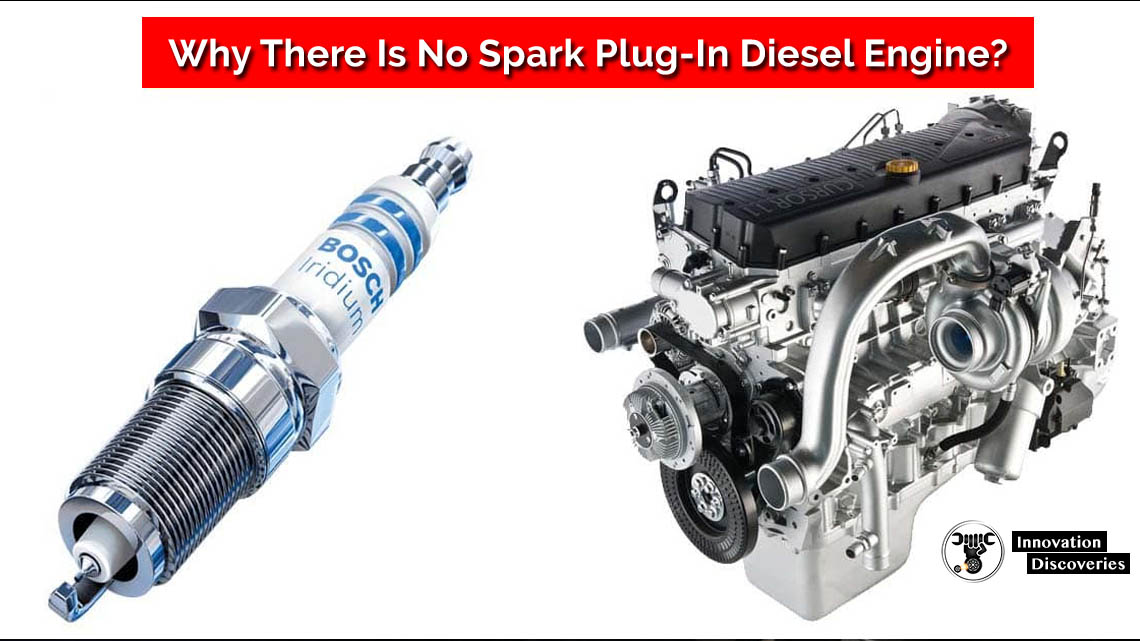

One Comment